History of Tongs
Tongs although a very basic kitchen tool, date back to ancient times where it is believed that the origin came from the development of pliers, a tool used mainly to fasten and loosen screws, bolts, and pipes. Historians think that the first set of tongs where made up of two sticks that were used for very similar purposes in which we use them today.
Types of Tongs
Flat-Surface Kitchen Tongs Flat-surface kitchen tongs are the most common pair of tongs today. They are commonly used for flipping burgers, steaks, and pork chops on those hot summer day BBQ’s. The flat surface design helps the operator easily get under their food. Some flat-surface tongs are also perforated which allow excess grease or marinades drain from the product during the cooking process. |
Forked Tongs Forked tongs look just how they sound. They have prongs at each end of the tong to help grab slippery food such as spaghetti or sliced onions {similar to how forks would work). These tongs are ideal for pasta and / or salad bars. Some of these tongs have variations in which one side has a forked design while the other end has a standard flat design to assist with grabbing different types of foods. |
Small / Plating Tongs These types of tongs are used for delicate finishes to a meal. These tongs are sometimes called “tweezer-type tongs” due to their size and precision. Chefs often use these when they are garnishing an elegant meal. A variation of these types of tongs come in a metal finish, often used by bartenders to grab ice cubes to garnish a beautiful high end cocktail and / or beverage. |
Canning Tongs Are you tired of burning your fingers grabbing a jar out of boiling water? Then canning tongs are the tongs for you! These tongs help grab jars of preservatives or jams out of boiling water during the canning process without having the need to burn your fingers or drain the pot of hot water. |

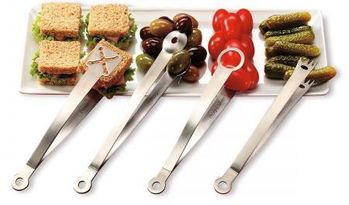
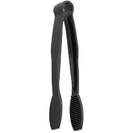
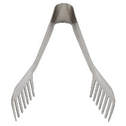
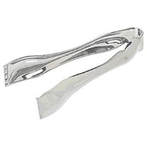
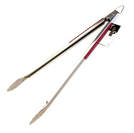
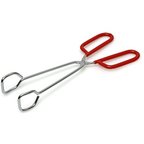
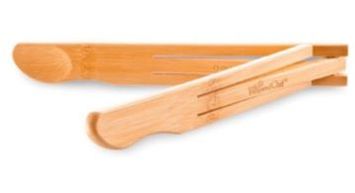
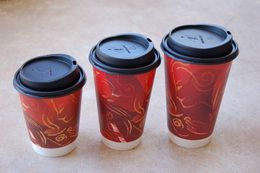

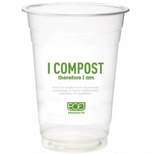
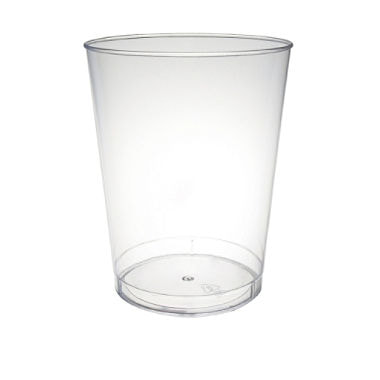
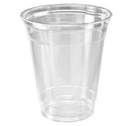
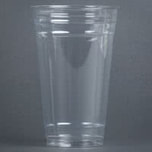
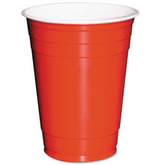
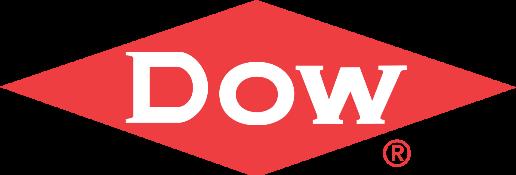
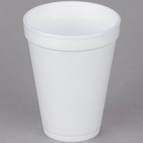
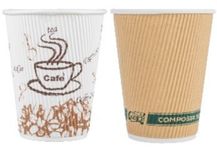
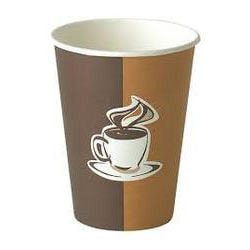
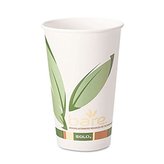
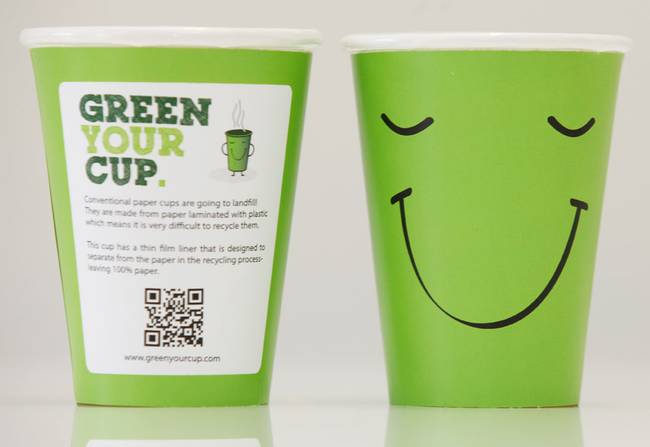
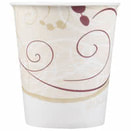
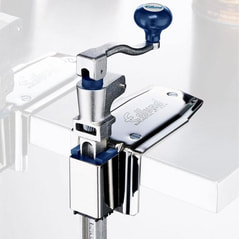
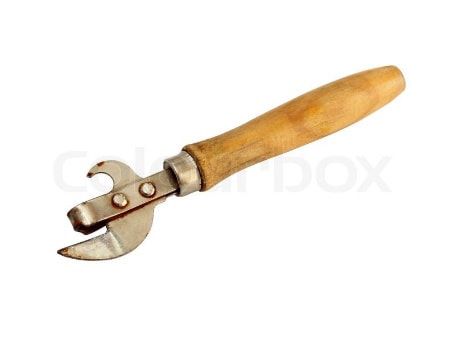
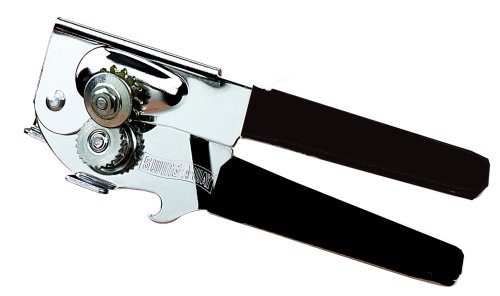
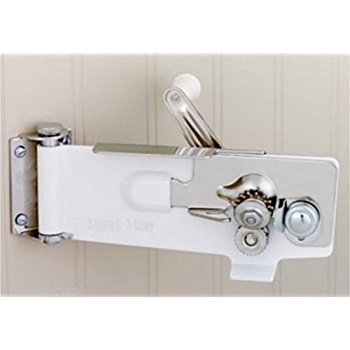
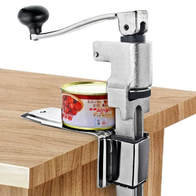
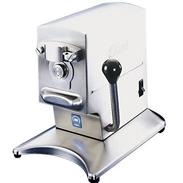
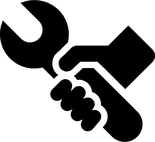
 RSS Feed
RSS Feed
